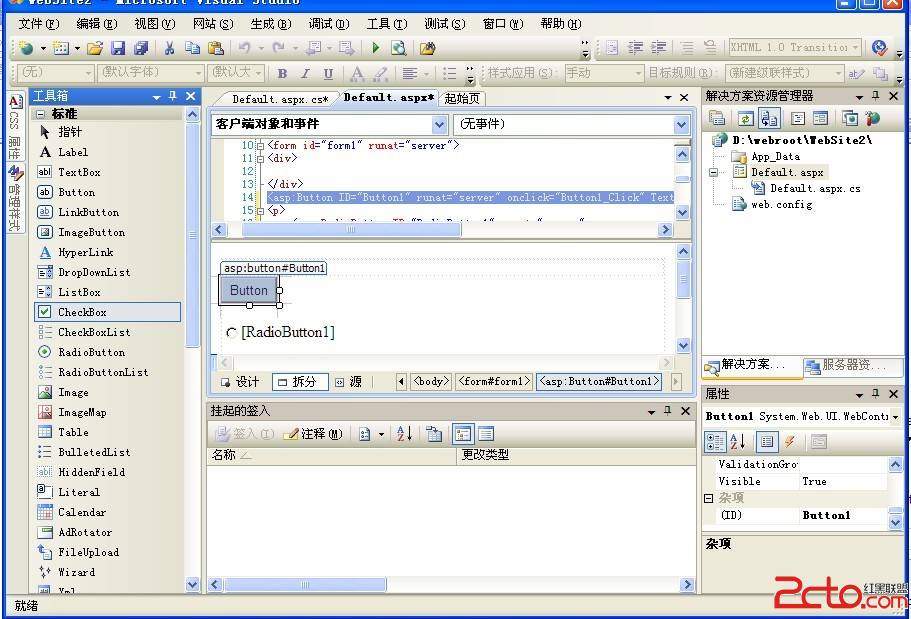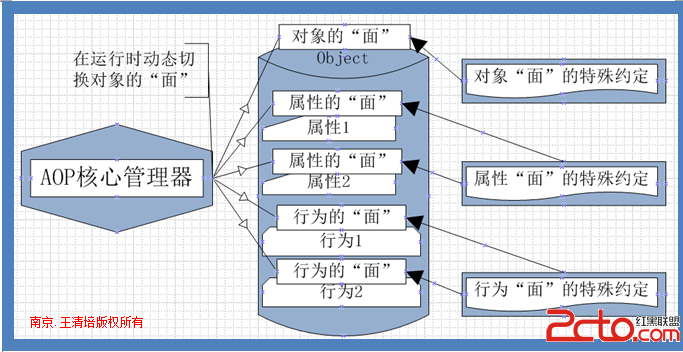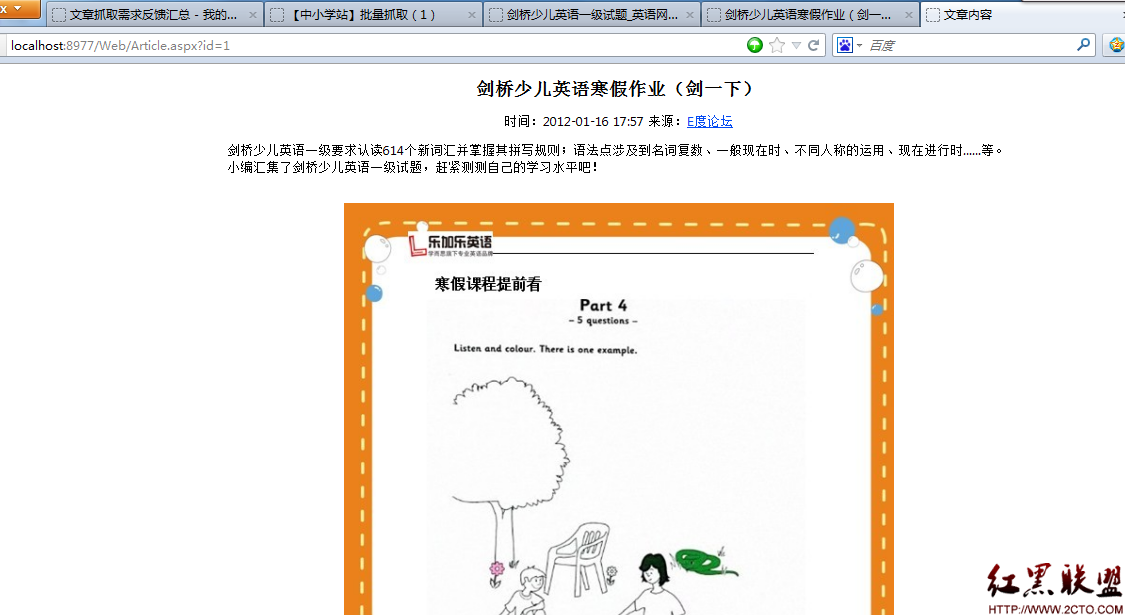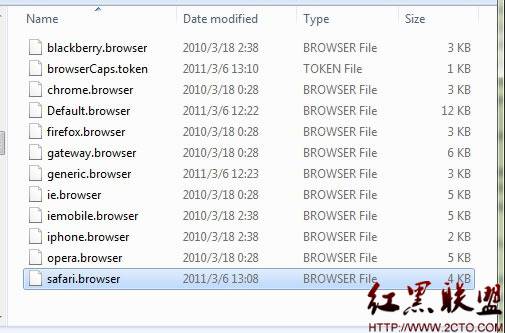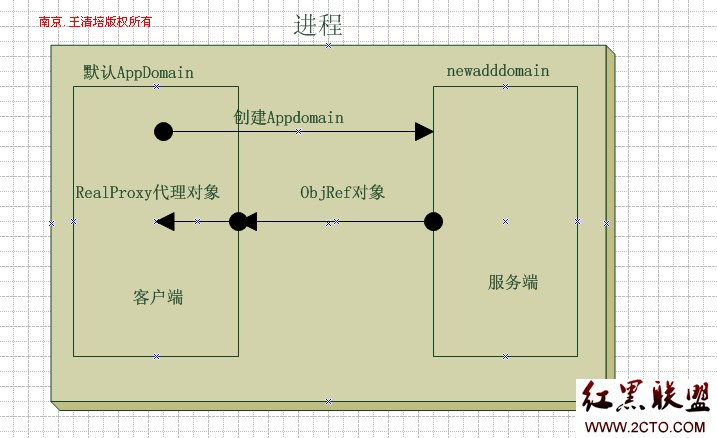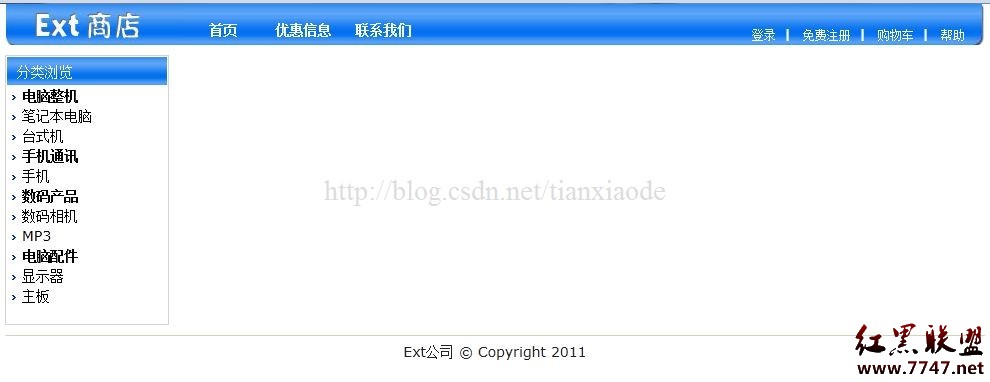当前位置:编程学习 > asp >>
答案: asp+ 页面的文件和asp 一样,也是一个 文本的文件,但是他的后缀名称已经不再是 .asp 而是 .asp+
当客户端浏览器向 IIS 发出.aspx 的文件请求后,IIS 会 首先将.aspx文件编译成运行状态的NGWS 类文件来运行,请注意,这个编译的过程只在第一次运行的时候发生,以后就直接以运行态的NGWS 类运行了(和 .jsp 是不是很类似??--豆腐添加,原文没有)
一个 最简单 Asp+ 文件可以通过将 一个 html 文件的后缀名称修改为.aspx 来生成!在下面的例子中我们将作一个这样的例子
运行的范例请看这里:
http://tutorial.superexpert.com/quickstart/aspplus/samples/webforms/intro/intro1.aspx
原代码如下:
<html>
<head>
<link rel="stylesheet"href=>
</head>
<body>
<center>
<form action="intro1.aspx" method="post">
<h3> Name: <input id="Name" type=text>
Category: <select id="Category" size=1>
<option>psychology</option>
<option>business</option>
<option>popular_comp</option>
</select>
<input type=submit value="Lookup">
</form>
</center>
</body>
</html>
(豆腐添加:
有的人会说,这个例子太简单了或者说根本就不是一个例子,但是对于学习来说,最起码让我们可以更深入的了解一下 asp+ 的一些神秘的外表,下面我们将要讲解一个 带有<%%>标签的粒子)
asp+文件和asp文件是兼容的,在<%%>之间我们可以使用嵌套的HTML语言,下面就是一个很简单的 和 asp 文件完全兼容 asp+ 文件
<html>
<head>
<link rel="stylesheet"href=>
</head>
<body>
<center>
<form action="intro2.aspx" method="post">
<h3> Name: <input id="Name" type=text>
Category: <select id="Category" size=1>
<option>psychology</option>
<option>business</option>
<option>popular_comp</option>
</select>
<input type=submit value="Lookup">
<p>
<% for i=0 to 7 %>
<font size="<%=i%>"> Welcome to ASP+ </font> <br>
<% next %>
</form>
</center>
</body>
</html>
这个例子的运行请看
http://tutorial.superexpert.com/quickstart/aspplus/samples/webforms/intro/intro2.aspx
(豆腐添加:上面这个例子演示了aspx文件和asp文件的完全兼容性,但是仅仅是这样,aspx不会成为一个新的热点,下面会简单介绍下aspx文件的一个新创的功能)
提示:和asp不同的是,在<%%>中包含的代码,是被编译执行的,而不是象asp 一样是脚本级的执行
asp+ 文件中的 <% %> 代码可以和 asp 一样动态的去修改 HTML 的输出显示使得 客户端的 内容有所改变
<%@ Page Language="VB" %>
<html>
<head>
<link rel="stylesheet"href=>
</head>
<body>
<center>
<form action="intro3.aspx">
<h3> Name: <input name="Name" type=text value="<%=Request.QueryString("Name")%>">
Category: <select name="Category" size=1>
<%
Dim I As Integer
Dim Values(3) As String
Values(0) = "psychology"
Values(1) = "business"
Values(2) = "popular_comp"
For I = 0 To Values.Length - 1
%>
<% If (Request.QueryString("Category") = Values(i)) %>
<option selected>
<% Else %>
<option>
<% End If %>
<%=Values(i)%>
</option>
<% Next %>
</select>
<input type=submit name="Lookup" value="Lookup">
<p>
<% If (Not Request.QueryString("Lookup") = Null) %>
Hi <%=Request.QueryString("Name") %>, you selected: <%=Request.QueryString("Category") %>
<% End If %>
</form>
</center>
</body>
</html>
运行的例子在
http://tutorial.superexpert.com/quickstart/aspplus/samples/webforms/intro/intro4.aspx
asp+还有很多新的特点,我我会在合适的时间继续介绍的!
请大家继续支持我们!
上一个:sp+语法介绍(六)----数据库篇
下一个:如何增强ASP程序性能(3)
- 更多asp疑问解答:
- asp正则过滤重复字符串的代码
- 用asp过滤全部html但保留br类似的符号
- 会asp,但感觉asp要过点,想学php。但我一般做的都是小公司的站,用access数
- PHP的空间可以用ASP的源代码吗?
- 以前做asp程序,现在应该怎样发展?是学.net还是php
- 以前做asp程序,现在应该怎样发展?是学.net还是php
- 想做一个市级的人才网acess,sql数据库,语言asp,jsp,php分别用哪种好
- jsp,asp,php 区别
- 我想找一个有比较多漏洞的网站的源码,比如可以asp,php注入等都可以。供学习研究用。请提供下载地址。。
- 现在候找人做个网站,用ASP,还是PHP语言去做好
- asp,php ,jsp,.net 对于做网站前台的重要吗?
- asp和php的区别是什么?
- 我是新手SEO菜鸟 请问wp dw php asp cms myspl dede 这些软件应该如何区分呀?
- 网页制作相关的三种语言:ASP JSP PHP那个好点,简单点?
- 网页制作相关的三种语言:ASP JSP PHP那个好点,简单点?
